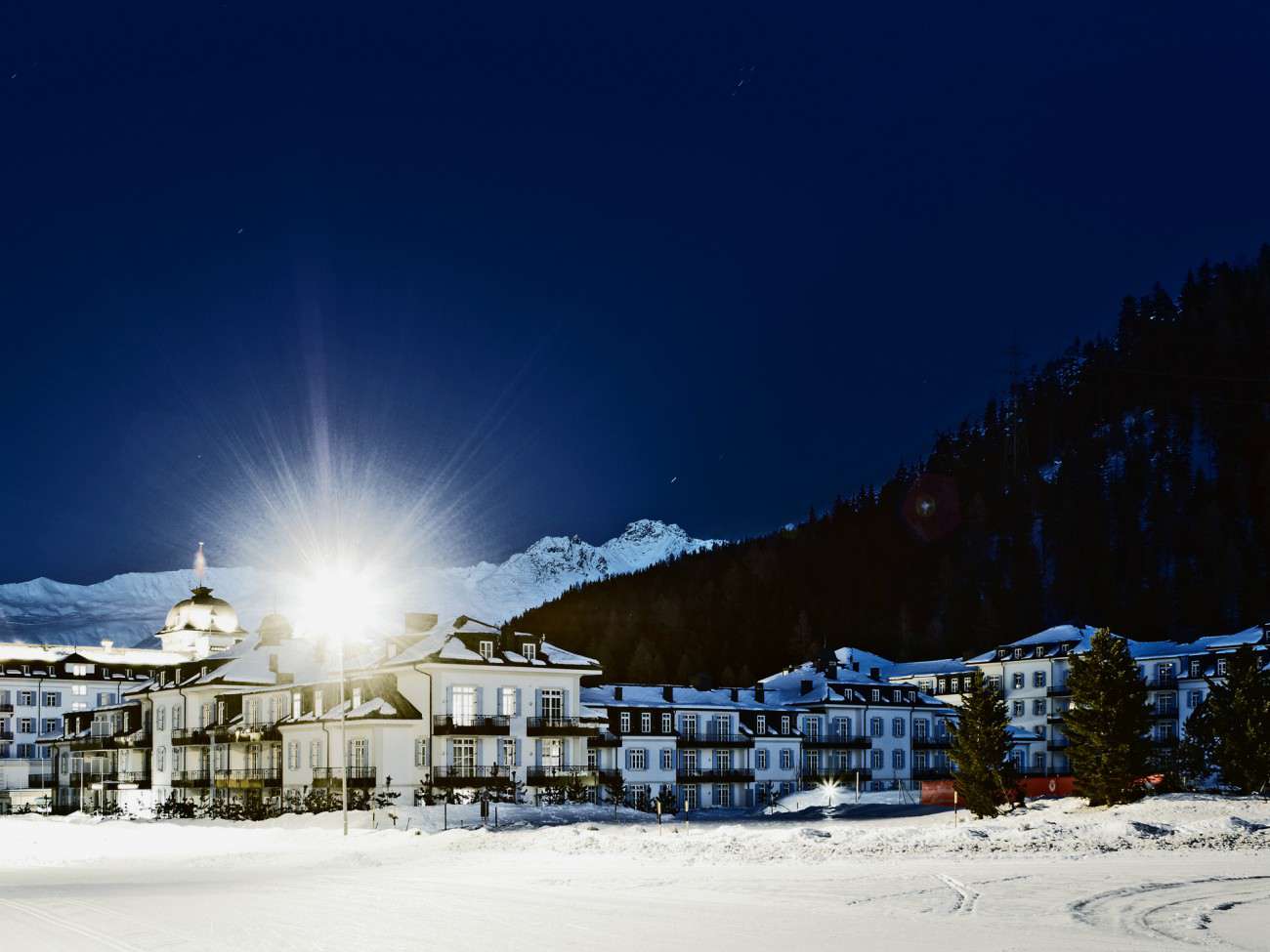What it Takes to Make Your Hotel’s Emails Worth Opening (as printed in Hotel Business Review)
By Junvi Ola, Hospitality Content Studio
Today, people live in a cluttered email box world. But despite the challenges in overcoming spam and competing with loads of other marketing messages landing in inboxes everyday, email marketing remains one of the most powerful direct-to-consumer marketing tools that hotels can employ. Through consistent email marketing, hoteliers can deepen their relationship with past guests, entice new ones and achieve a strong advantage over their comp set. Plus, the right mix of content can increase sales and convert the reader into a hotel guest now or in the future. How can this be achieved? Here are my 7 copywriting rules to follow to ensure your hotel’s carefully crafted email is noticed, opened and read.
HEADLINES MATTER
Take a hint from journalists, they’re masters of getting their content read. The secret? It’s all in the headline. Your customers will decide in a few seconds, or even less, if your email is worth their attention. People are quick at deleting messages. So, if your subject line doesn’t instantly attract, you’ve missed your chance and you’ll end up in the trash bin.
Keep your subject line short. The sweet spot for most email providers is 40-45 characters before they are cut off. Plus, the headline should be attention-grabbing, action-oriented, and peak enough curiosity to lure customers to find out what’s inside.
When I’m writing email newsletters for clients, I put every headline through a simple four-step review. I ask myself:
- Is it URGENT? Will a reader feel like they need to read this email at this very moment?
- Is it UNIQUE? Is this something no one else has ever said before?
- Is it ULTRA-SPECIFIC? Stay away from generic messages. What would I rather read: June newsletter or 5 Reasons to Get Away to San Diego This Season?
- Is it USEFUL? Is this going to be relevant to my guests or am I making this all about me?
And finally, don’t forget to make your subject lines social media-friendly. When your email is shared via Facebook, Twitter or Google+, it’s the subject that will most likely double as the status update.
HAVE A VOICE
Completely commercial content is transparent to travelers, and your readers will tire quickly of generic content. So liven it up with personality and interesting quips, and strive to make your readers happy that they read your email. It’s essential to bundle your useful information in a package of personality, so don’t underestimate the value of hiring a great writer. It pays to keep it light, this is the travel and tourism industry afterall! However, smart and funny content isn’t easy to create. At the beginning, Groupon hired stand-up comedians as copywriters, and even now the company puts their writers through rigorous reviews to test their ability to produce quirky and uber-creative content. Not every email has to be hilariously funny, but something has to give someone a reason to welcome your message into their overcrowded inboxes. Otherwise, people will unsubscribe, label your hotel’s email as spam and banish it with a quick ‘delete’.
WHEN THE TIMING’S RIGHT
Timing is a crucial issue for your hotel’s email. Fortunately for us in the hospitality business, the best time to send emails corresponds to the times and days when people are most likely dreaming and plotting their next getaway. Internet marketing research has shown that you’ll get the most views and click-through rates if you send emails on Wednesdays and Thursdays, and in the late morning or early afternoon, after the overnight junk mailed has been deleted and if you’re trying to reach people at their work desk. Also consider time zones that your guests and email subscribers are in.
Also, keep in mind the window of opportunity to act on the sale. An email’s influence and importance decays at the rate of new email arrivals. So, once your hotel sends out your email campaign, the buzz around your marketing message will already begin to fade and will continue to taper off the further you get from your sent date. Studies have shown that it takes about 72 hours until your email is completely forgotten. So, follow-up with one or two more emails to drive home the message.
BE RELEVANT
If there’s one word successful email marketers live by, it’s relevance. To successfully reach the eyes of travelers subscribing to your emails, you have to create content that they actually want to read. I subscribe to more hotel emails than I care to admit and have found that there is far too much emphasis on generating sales, especially immediate sales. Of course, the main goal of every email should be to convert, but it’s all in the approach. Most emails I’ve seen are nothing more than electronic ‘sales fliers’ and blast out packages, prices and a big ‘book now’ button. In most cases, these emails are reminiscent of the tactics used by car salesman!
Too many hotel email campaigns are nothing more than beautiful spam – carefully designed with stunning photography and copy about the hotel’s accolades and offerings. Where is your customer in all this? Remember, they’re looking for useful information for their vacation. So, your property will be more effective in selling if people can expect to receive valuable information-filled emails from you. Instead of only sending out an email blast touting your latest travel package or hotel promotion, provide them with relevant and interesting information about your hotel, your destination, your staff. Entertain them and of course, include some specials.
When I’m crafting copy for my hotel clients’ monthly email campaigns, I always include a sidebar that highlights 5 ‘best of’ in their destination. On any given month, you’ll find the ‘Top 5’ wine bars, spas, family-friendly activities, outdoor adventures, breakfast spots, etc in the area surrounding the hotel. It doesn’t replace our main marketing message, but instead injects a big dose of value into the email since they are items that travelers would actually want to know when visiting your destination.
WRITE FOR SCANNERS, NOT READERS
Several email newsletters fail at keeping their readers engaged because of one major error – it’s too difficult to scan. There’s a difference between readable and unreadable content; ever try reading a one-paragraph, 500-word article? Remember, it takes your hotel’s email subscribers mere SECONDS to scan your email, then decide to act or hit the ‘delete’ button. Here are some ways to make sure you’re making it simple for readers to digest your content.
- Keep it short. People are too time-pressed to be scrolling to finish your message.
- Avoid large paragraphs, keep them to 3-4 sentences.
- Add sub-headings to break up sections of content.
- Make lists or use bullet points, when possible.
- Avoid content overload by not putting everything in the newsletter. Link out to your website or blog too.
- Keep it consistent and use standard faces and sizes for your font. Some standard fonts to use in your newsletter would include Helvetica and Arial.
BE MOBILE FRIENDLY
The prevalent use of smart phones has changed the way we interact with email marketing. According to Nielsen, 1 out of 2 Americans will have a smartphone in the near future. However, while most phones do a fairly good job at displaying emails, your hotel’s marketing team should include an online or mobile version link at the very top of the email, since mobile devices aren’t as capable of reading HTML content as Web browsers. Creating separate email campaigns – one for Web use and the other for mobile – isn’t necessary. It just takes planning while crafting your email. First step, make sure your images are optimized for emails and are compressed as much as possible. The message should also be able to come across clearly without images. Then, the subject line should be front-loaded. Smartphones often only display four to six words in the subject line, so make sure your most important content are the first words to come up.
Test and Measure, Repeat
Find out what works by continual testing, then make changes based on what you learn. This can be done by sending out two variations of an email at the same time to the same list (split the list in half). Most email marketing services make this relatively simple to do, so there’s no reason not to employ this smart measurement tool. Here are some ideas to test:
- Best days to send email. Did you get more opens on a Tuesday or Thursday?
- Time of day (morning, afternoon, right after lunch hour, etc)
- Subjects and topics
- Prices
- Call to action
- Content
- Colors
- Graphics
- Copy
- Length
- Number of links
Then, keep your eyes on the key metrics of open rates, click-through rates, and conversion rates (whatever you want the next step to be). MailChimp, a popular email marketing service, put together a benchmark report hoteliers can know what type of open- and click-through rates to expect in the travel and tourism industry. Here were the figures:
Open rate: 14.50%
Click through rate: 2.71%
Of course, stats like these only serve as a point of reference — your hotel property’s individual situation may be vastly different. List quality has a huge impact on your metrics. Keep testing, and you can reach above average levels of performance.








 Junvi Ola is an award-winning travel copywriter and destination marketing and hospitality professional. She produces riveting content for hotels, resorts, spas, travel companies,and tourism bureaus.
Junvi Ola is an award-winning travel copywriter and destination marketing and hospitality professional. She produces riveting content for hotels, resorts, spas, travel companies,and tourism bureaus.